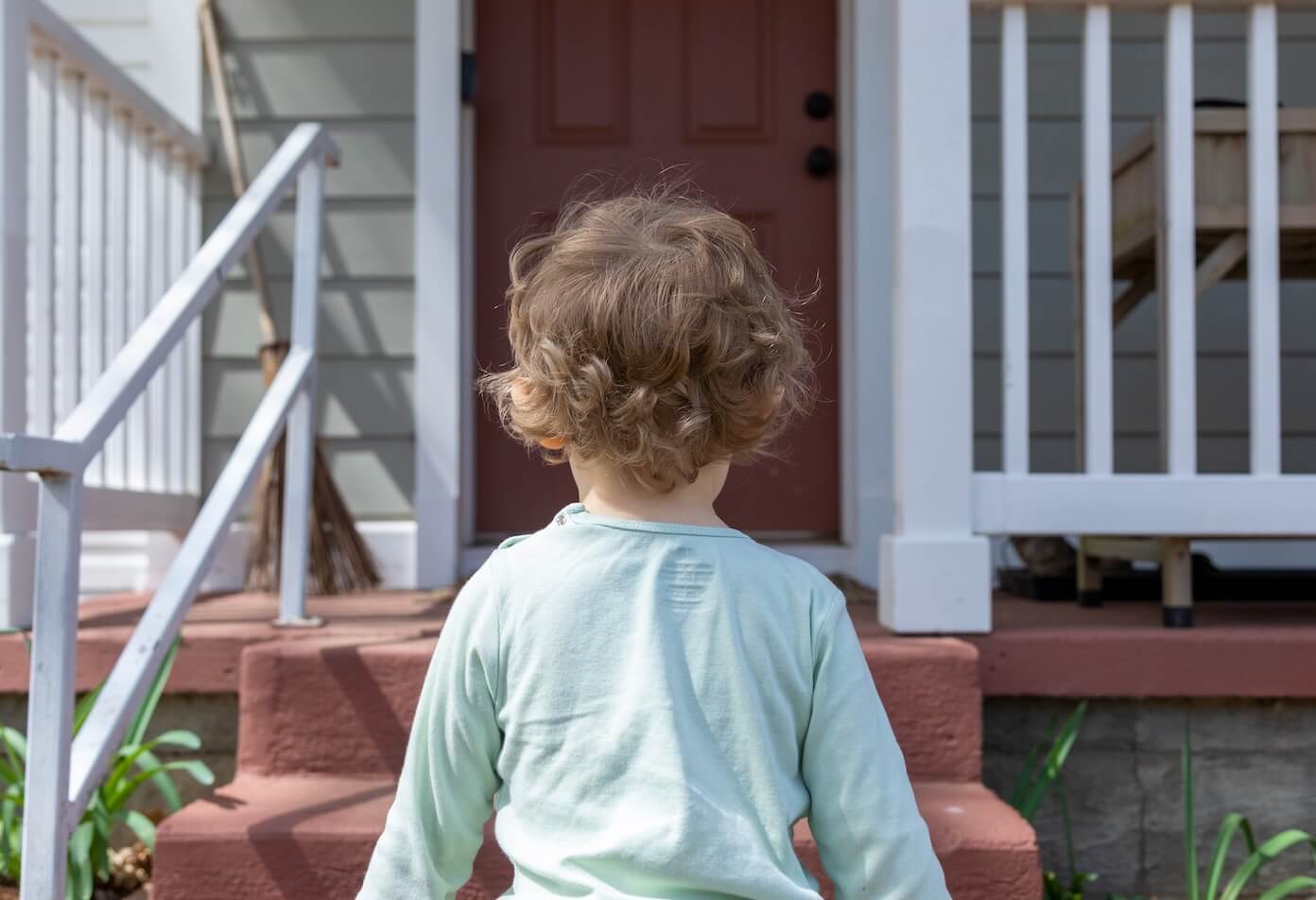Concrete is a fundamental building material that forms the backbone of countless structures, from driveways and sidewalks to foundations and bridges. Over time, however, concrete can deteriorate due to factors such as weather, wear and tear, and structural stress.
When faced with damaged or deteriorating concrete, property owners must make decisions about repair or replacement. Understanding the costs associated with concrete replacement and repair is crucial for making informed choices that balance budget considerations with the long-term integrity of your property.

In this article, we will explore the factors that influence concrete replacement and repair costs and provide insights into making the right investment for your needs.
Factors Influencing Concrete Replacement Costs
- Extent of Damage – the severity of concrete damage is a primary factor in determining whether replacement is necessary. Extensive cracking, crumbling, or significant structural compromise may warrant complete replacement.
- Surface Area – the size of the area that requires replacement directly affects the cost. Larger areas will require more materials, labor, and time, contributing to higher replacement costs. For example, repairing concrete porch will likely cost you less than replacing a concrete driveway
- Accessibility – the accessibility of the damaged concrete area can impact costs. Difficult-to-reach or confined spaces may require additional effort and specialized equipment.
- Demolition and Removal – demolishing and removing existing concrete is a labor-intensive process that adds to the overall cost. The more extensive the demolition required, the higher the associated costs.
- Type of Concrete – different types of concrete have varying costs. Factors such as the mix design, additives, and finishes can influence the cost per square foot.
- Foundation and Subgrade – if the underlying foundation or subgrade is compromised, it may need to be addressed before new concrete can be poured, adding to the overall replacement cost.
- Reinforcement and Design – if the concrete being replaced is reinforced with materials like rebar or mesh, the cost can increase due to the need for additional labor and materials.
- Labor and Equipment – labor and equipment costs vary based on factors such as location, complexity of the project, and the availability of skilled labor.
Factors Influencing Concrete Repair Costs
- Type of Repair – the specific repair method required, such as patching, resurfacing, or crack filling, influences the cost. Minor repairs are generally more cost-effective than extensive structural repairs.
- Materials – the type of repair material used, such as epoxy, polyurethane, or cementitious products, affects the cost. Some materials are more expensive but offer enhanced durability.
- Surface Area – the size of the repair area determines the amount of material needed and the associated labor costs.
- Complexity of Repair – complex repairs, such as matching decorative finishes or addressing intricate patterns, may require specialized skills and increase the overall cost.
- Underlying Issues – if the damage is a symptom of underlying issues such as soil movement or drainage problems, addressing these root causes may contribute to higher repair costs.
- Labor and Expertise – skilled labor is essential for effective concrete repair. The level of expertise required can impact labor costs. Going with high-quality contractors will likely cost you more short-term and save you money long-term, same as in any business.
Comparing Costs
In general, concrete repair tends to be more cost-effective than complete replacement. Repair costs can vary widely depending on the extent of the damage and the repair method employed. Minor cosmetic repairs, such as crack filling or surface patching, are often less expensive than structural repairs or extensive resurfacing.
Concrete replacement, on the other hand, involves higher costs due to factors such as demolition, removal, and the need for new materials. Replacement is typically recommended for situations where the concrete is severely damaged, structurally compromised, or poses a safety risk.
How to Balance Cost with Long-Term Value
When deciding between concrete replacement and repair, it’s essential to consider the long-term value of your investment. While repair may offer immediate cost savings, replacement can provide several benefits:
1. Durability and Longevity
New concrete provides greater durability and longevity, reducing the need for frequent repairs and potential ongoing costs.
2. Aesthetics
Replacement offers the opportunity to improve the aesthetics of your property by addressing worn, outdated, or unsightly concrete surfaces.
3. Structural Integrity
Replacement ensures the structural integrity of the concrete, which is critical for safety and the longevity of the surrounding structures.
4. Property Value
Well-maintained, new concrete can enhance the curb appeal and overall value of your property.
Seeking Professional Advice
When faced with the decision of concrete replacement or repair, it’s advisable to seek guidance from qualified professionals, such as contractors or structural engineers. These experts can assess the extent of the damage, recommend appropriate solutions, and provide accurate cost estimates.
Concrete replacement and repair costs are influenced by a variety of factors, including the extent of damage, surface area, materials, labor, and accessibility. While repair can provide immediate cost savings, replacement offers enhanced durability, aesthetics, and long-term value. Balancing these factors and considering the specific needs of your property will help you make an informed decision that aligns with your budget and goals. Seeking the expertise of professionals ensures that your investment in concrete maintenance contributes to the safety, functionality, and overall quality of your property for years to come.

